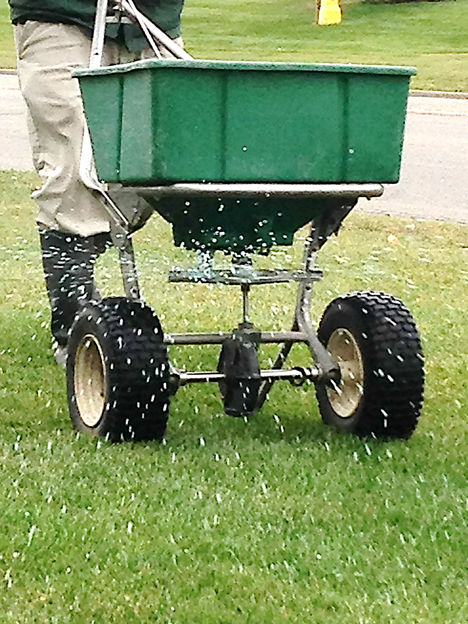Seven Steps To A Healthy Weed-Free Lawn
Read MorePosted on: Mar 06, 2024Luis M Pérez
Lawncare in spring involves carefully cleaning, nurturing, and managing the inevitable weed growth. As the winter frost recedes and temperatures rise, it’s the perfect opportunity to revitalize your lawn and set it up for success during the upcoming seasons.

Cleaning
Start caring for your lawn. Begin with a comprehensive cleaning process. Remove any debris, fallen leaves, or winter season remnants that may still be present. Therefore, selecting the right rake is helpful in this phase, as it lets you gently lift away dead grass and expose the soil underneath. Raking improves your lawn’s appearance and helps promote better air circulation and sunlight absorption.
Aeration
Compacted soil can significantly hinder grass growth and lead to an unhealthy lawn. One way to alleviate soil compaction is by liquid aerating your lawn during spring and fall. Aeration allows nutrients, water, and oxygen to reach the grassroots more effectively, promoting a healthier and more robust lawn.
Fertilization
Spring is the opportune time to provide your lawn with the nutrients it needs to flourish. Therefore, choose a well-balanced nitrogen, phosphorus, and potassium fertilizer. These essential nutrients stimulate grass growth, strengthen roots, and enhance resilience. A carefully selected fertilizer promotes a lush, green lawn that can withstand the challenges of the upcoming months.
Weed Management
Weeds persist as a challenge for lawncare enthusiasts. Implementing an effective weed management strategy is crucial for maintaining a pristine lawn. One way is to remove them manually, which is time-consuming and labor-intensive. Alternatively, you can use a professional service and let them handle your weeds year-round.
Leverage pre-emergent herbicides to create a barrier against weed growth. These chemicals disrupt the germination process, inhibiting weeds from taking root. For this reason, timing is critical for pre-emergent herbicides, which must be administered before weed seeds sprout.
Regular Mowing
Regular lawn mowing is essential for maintaining a healthy lawn. As spring progresses, you should adjust your mower blades to a higher setting, enabling the grass to grow taller. Consequently, this, in turn, will help shade the soil, reducing the chances of weed germination. Additionally, it is recommended that you do not remove more than one-third of the grass height during each mowing session, as it will encourage healthier and more robust growth. Also, the sharper the blades are, the cleaner the cut will be. A cleaner cut results in less shock and stress while reducing the risk of bacteria and mold spores.
Watering
Watering your lawn correctly is essential for achieving success in lawn care. Adjusting your watering schedule to meet your lawn’s needs is important as the temperatures rise. In Illinois and Indiana, deep watering sessions, done infrequently, are better than shallow and frequent watering. In Texas, water your lawn in the morning to ensure it gets the nutrients it needs to be healthy, lush, and green. In Texas, water in short cycles, allowing your grass to absorb the water. An excellent article explains the best practices for watering in Texas and Chicago/Illinois Lawn Watering.
Overseeding
If you have sparse areas in your lawn and want to promote a thick and lush lawn, consider overseeding. Overseeding involves spreading grass seed over the existing turf and introducing new varieties that enhance the overall density of the lawn. This method is effective for outcompeting weeds and revitalizing areas that may have suffered winter damage. The exception to seeding is Saint Augustine grass and Zoysia (popular grasses in the south) this type of grass can not be seeded.
Spring lawn care is not just about improving the appearance of your lawn; it’s a complete process that involves various tasks. These include nurturing the soil, strengthening the grass, and strategically fighting weeds. By dedicating time and effort to these important aspects, you’ll achieve a lush and healthy lawn that will impress your neighbors throughout the growing season.
Question?
To learn more, visit us online at doctorgreen.com, email me at luisp@doctorgreen.com, or 800-465-2934.

